5 Machine Learning Models for Frost Forecasting

Frost can destroy crops and plants, but machine learning models can help you predict and prepare for it. Here are five models that can improve frost forecasting:
- CNNs (Convolutional Neural Networks): Great for creating detailed frost-risk maps using spatial and temporal weather data.
- Random Forest (RF): Ideal for analyzing complex frost conditions quickly and identifying key variables.
- DNNs (Deep Neural Networks): Best for predicting frost onset by analyzing time-series weather data.
- SVM (Support Vector Machines): Excellent for defining clear frost-risk boundaries with smaller datasets.
- Ensemble Methods: Combine multiple models for the most accurate predictions.
Quick Comparison
| Model | Best For | Data Needs | Hardware Requirements |
|---|---|---|---|
| CNN | Spatial patterns, frost maps | Large datasets, sensor data | GPU |
| Random Forest | Non-linear conditions | Moderate historical data | CPU |
| DNN | Time-series analysis | Continuous weather data | GPU |
| SVM | Boundary classification | Small datasets, microclimate data | CPU |
| Ensemble | Combining strengths of models | Variety of data types | High computing power |
These models can be tailored to your local conditions and integrated with sensor networks for real-time frost alerts. Start protecting your plants and crops today with better frost forecasting tools.
Can Frost Forecasting Be Improved? - Weather Watchdog
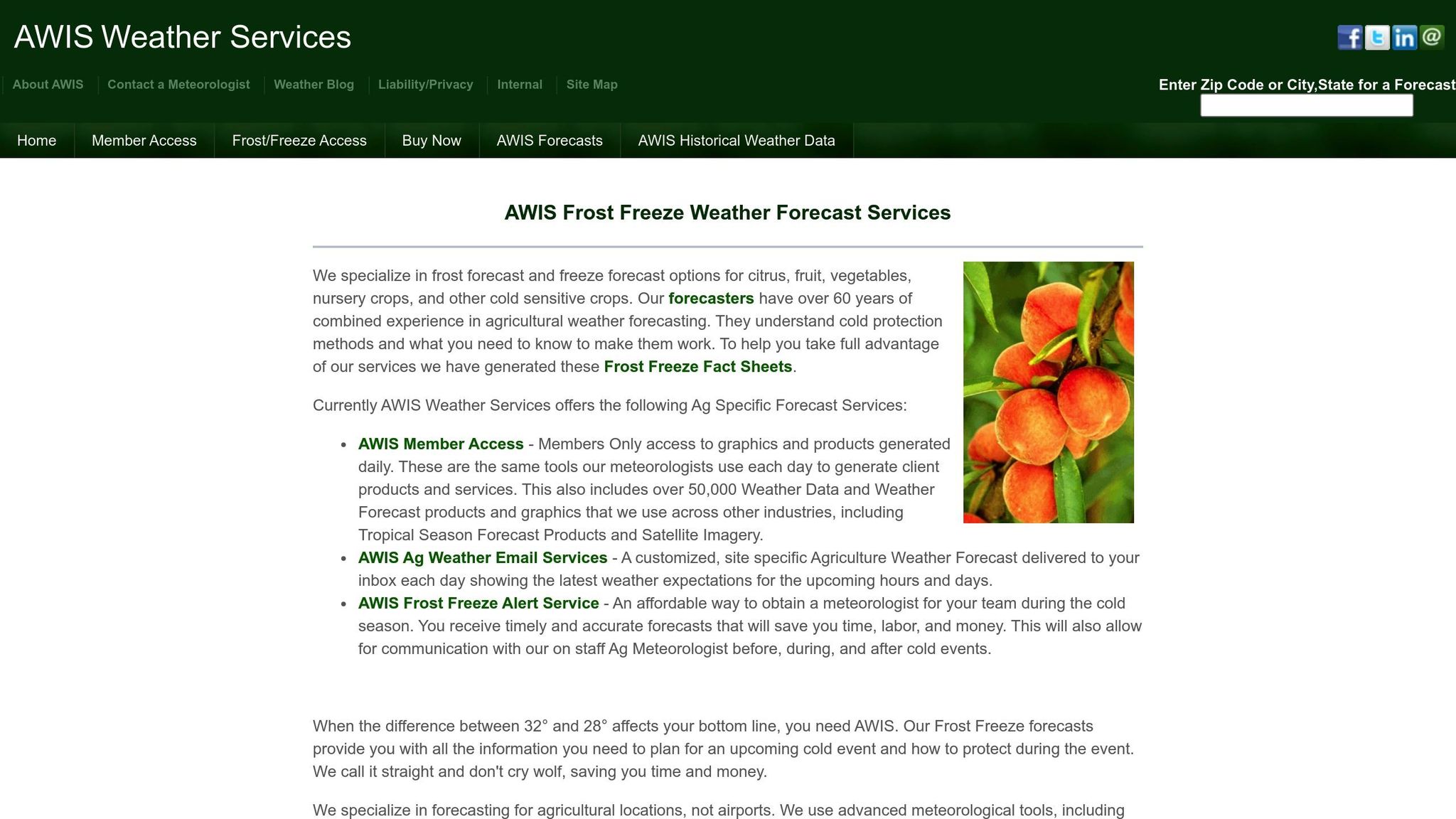

How to Choose Frost Forecasting Models
Accurate frost forecasting depends on selecting models tailored to your area's conditions and capable of working seamlessly with sensor networks.
Match Models to Local Weather Patterns
Ensure the models are trained using data from your specific climate zone, including microclimates and terrain features. This improves the precision of frost predictions.
Integrate with Sensor Networks
Pick models that can process real-time data from weather stations and soil sensors. They should support standard data formats and provide instant alert updates to keep you informed.
1. Convolutional Neural Networks (CNN)
Convolutional Neural Networks (CNNs) are a powerful tool for generating precise frost forecasts by combining multiple data streams. They are particularly effective at analyzing spatial and temporal weather patterns like ground temperature, humidity, wind, cloud cover, and historical frost records to predict frost risks in specific regions.
Key Benefits for Frost Prediction
- Simultaneously process data on temperature, humidity, wind, cloud cover, and prior frost occurrences.
What You’ll Need
- A large dataset of historical weather records
- Real-time sensor data feeds
- GPU hardware for faster training and prediction
- Regular updates to adapt to seasonal weather changes
Why Spatial Resolution Matters
CNNs produce detailed frost-risk maps, identifying factors like cold-air pooling in valleys, the impact of slope direction, differences in soil and vegetation, and localized microclimates.
How the Data is Processed
- Input: Gridded data from weather stations or remote sensors
- Processing: Convolution and pooling layers extract spatial and temporal patterns
- Output: A frost-probability map highlighting areas at risk
Next, we’ll explore how Random Forest models tackle complex, non-linear frost predictors.
🚀 Ready to Reinvent Your Garden?
Join thousands of homeowners who have transformed their gardens using our AI design tool. Upload one photo to explore endless possibilities.
Get your AI garden designs →2. Random Forest (RF)
Random Forests offer a practical way to analyze complex frost conditions by combining multiple decision trees. Unlike CNNs, which focus on spatial patterns, this method excels at modeling non-linear frost drivers while minimizing overfitting. It's especially useful for growers who need fast results with limited data and an easy way to identify key variables.
Advantages
- Handles complicated, non-linear weather patterns
- Tolerates noisy or missing data from sensors
- Highlights the importance of different features, making results easier to interpret
Data Needed
- Historical records of temperature and humidity
- Time-series data from soil and air sensors
- Information about topography and land cover
How It Works
- Input: Structured feature vectors for each timestamp
- Training: Uses bootstrap sampling and builds multiple decision trees
- Output: Produces an averaged frost-risk probability for specific locations
Up next, we’ll dive into how Deep Neural Networks can uncover temporal weather patterns that go beyond what tree-based models can achieve.
3. Deep Neural Networks (DNN)
Deep Neural Networks (DNNs) are a powerful complement to tree-based models, particularly for analyzing detailed temporal patterns in multi-sensor weather data. They can predict frost onset with impressive accuracy, even hours in advance.
Key Advantages
- Processes detailed sequences of temperature and humidity data
- Automatically identifies long-term seasonal trends
- Adjusts to shifts in weather patterns over time
- Predicts frost likelihood up to 24 hours ahead
Data Needed
- Continuous time-series data from weather stations
- Historical records of frost events, including timestamps
- Multi-year temperature trends for seasonal context
How It Works
- Input Layer: Takes in sequential weather data.
- Hidden Layers: Identifies patterns across different time scales.
- Output Layer: Produces hourly frost probability forecasts.
Unlike Random Forests, which are great for handling non-linear but time-independent features, DNNs excel at analyzing time-series data. Their ability to learn from historical trends makes them particularly effective for spotting subtle temperature changes that signal frost.
Practical Considerations
- Needs regular updates with fresh seasonal data
- Performs better with GPU acceleration for quicker predictions
- Relies on consistent and reliable sensor data streams
After leveraging the temporal analysis strengths of DNNs, the next section explores how SVMs handle boundary classification efficiently.
sbb-itb-4d6a8dd
4. Support Vector Machines (SVM)
Support Vector Machines (SVM) are great at drawing clear lines between frost-risk and no-frost conditions by analyzing multiple environmental variables. They shine when it comes to setting accurate thresholds, even in tricky scenarios.
Key Advantages
- Define clear frost-risk boundaries with precision.
- Handle complex links between temperature and humidity.
- Perform well even with smaller training datasets.
- Stay accurate, even when dealing with noisy sensor data.
Data Needed
To get the best results, SVMs need:
- Temperature gradients measured at various heights.
- Dew point data collected from sensor networks.
- Terrain details, including slope characteristics.
- Indicators of local microclimate conditions.
How It Works
Here's a simplified breakdown of the process:
- Input: Cleaned and preprocessed sensor data, along with environmental features.
- Processing: Data is transformed into a higher-dimensional space using kernels.
- Classification: Decision boundaries are optimized to separate frost and no-frost cases.
- Output: A binary classification of frost risk, often accompanied by probability scores.
Practical Considerations
- Choosing the right kernel is critical for adapting to local conditions.
- Regularly recalibrating the model with updated sensor data helps maintain accuracy.
- It’s well-suited for real-time analysis of incoming data streams.
Next, we’ll explore how combining different models can improve accuracy with Ensemble Methods.
5. Ensemble Methods
Ensemble methods take frost forecasting to the next level by combining multiple models. This approach uses the strengths of each model while reducing their weaknesses, leading to more accurate predictions.
There are several ways to merge predictions, such as weighted averaging, majority voting, or using a meta-model (stacked generalization) that learns the best way to combine them.
A typical ensemble setup might include:
- CNN (from Section 1) for handling spatial data.
- RF (from Section 2) for terrain and categorical features.
- DNN (from Section 3) for capturing temporal patterns.
- SVM (from Section 4) for creating clear decision boundaries.
When building an ensemble system, keep these factors in mind:
- Computing and storage: Ensure you have enough CPU/GPU power, memory, and disk space for data, model snapshots, and results.
- Update schedule: Plan for regular retraining or fine-tuning as new data becomes available.
- Integration and reliability: Seamlessly combine sensor, satellite, and station data, and implement monitoring and backup systems to ensure smooth operation.
🎨 Visualize Your Dream Garden Today!
Transform any outdoor space into a professional landscape design in minutes. Just upload a photo, choose your style, and let our AI do the rest.
Start your garden transformation now →Model Performance Comparison
Here’s a quick breakdown of how different models perform in terms of accuracy, speed, and data requirements:
- CNN: Ideal for identifying spatial patterns in imagery. They need large labeled datasets and rely heavily on GPU resources.
- RF: Quick to train and run on CPUs. Best suited for moderate numerical and categorical data, especially for localized forecasts.
- DNN: Handle complex seasonal time-series data effectively but require GPU acceleration and a significant amount of historical data.
- SVM: Good for separating frost/no-frost cases in structured data. They work well with small datasets and don’t need much hardware power.
- Ensemble: Combine multiple models to achieve the highest accuracy. However, they require more computing power and a variety of data types.
Choose a model based on your available data, hardware capabilities, and how urgently you need frost-risk predictions.
Using Models for Local Frost Prediction
Once you’ve selected a suitable algorithm, the next step is to fine-tune it for your area. This involves two key steps:
- Customize and calibrate data: Incorporate historical frost data, frost thresholds specific to your plants, and climate zone records. Adjust the model’s settings to reflect local frost start and end dates.
- Connect with AIGardenPlanner: Use frost-risk forecasts to automatically adjust planting schedules, create care plans, and receive alerts tailored to your hardiness zone and the sensitivity of your plants.
Conclusion
Machine learning improves frost forecasting, giving gardeners and landscapers accurate, data-based tools for protecting plants and planning planting schedules. These models provide localized, crop-specific frost alerts, helping to prevent damage and extend growing seasons. Check out tools like AIGardenPlanner to customize frost management strategies for your specific climate and crops.
Related posts
Related Articles
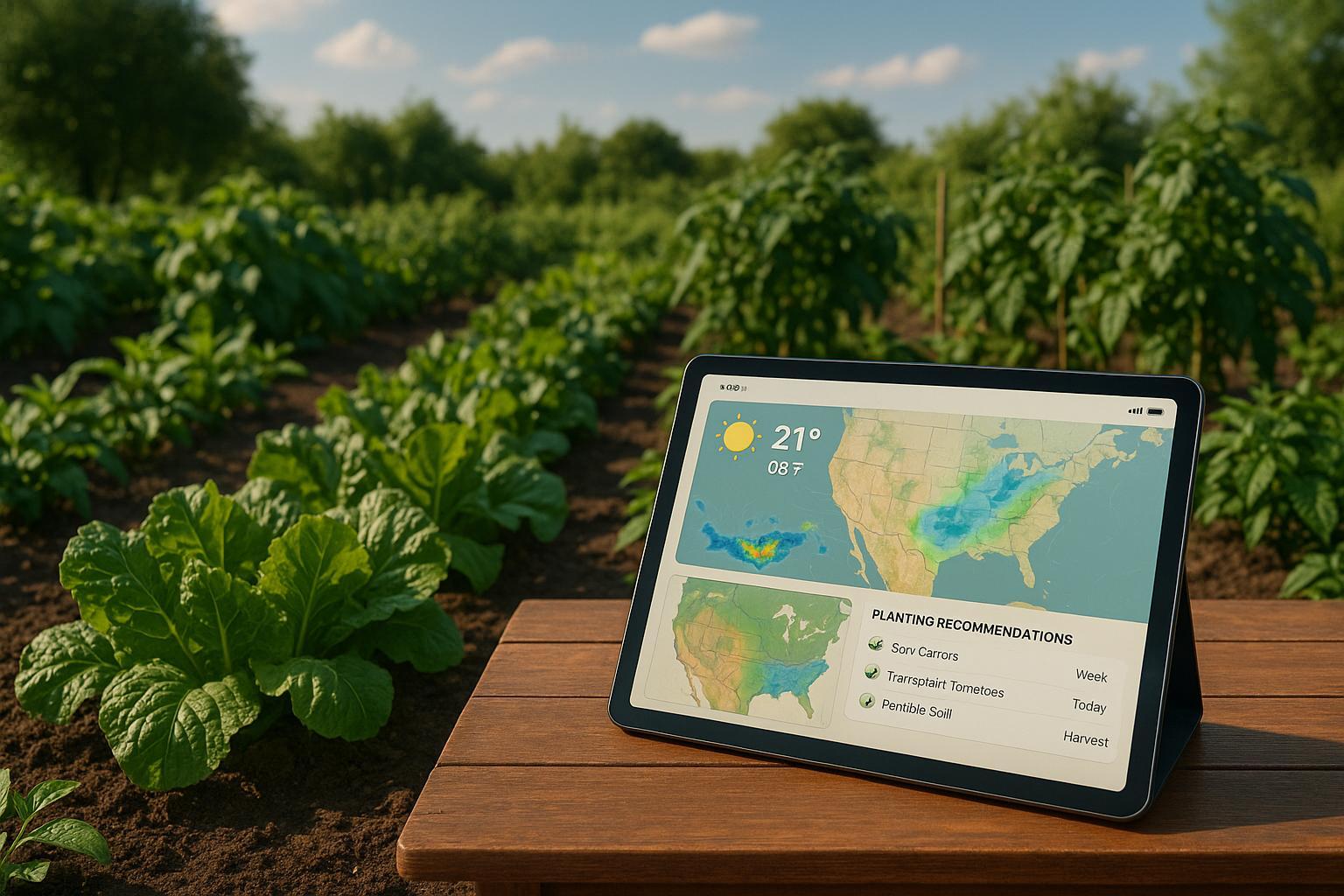
How AI Combines Climate Data for Planting
AI enhances gardening by analyzing climate data to provide tailored planting advice, optimize resources, and improve plant health.
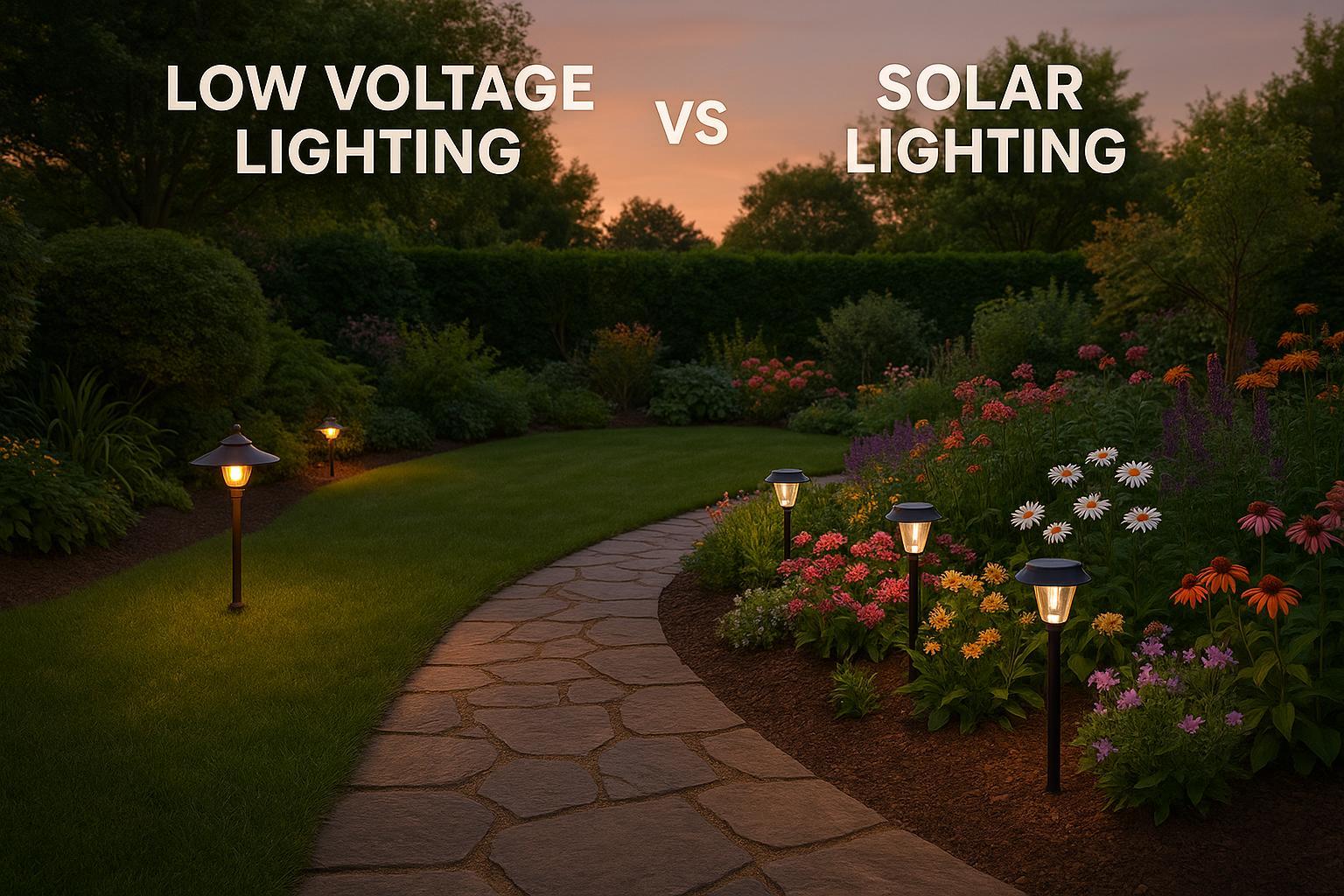
Low Voltage Lighting vs. Solar Lighting
Explore the pros and cons of low voltage versus solar lighting for your garden, including costs, performance, and best uses.

Unraveling the Mysteries of the Garden of Eden Location
Explore the historical significance and various theories surrounding the elusive location of the Garden of Eden. Dive into biblical references, archaeological findings, and cultural influences that shape our understanding of this enigmatic place.
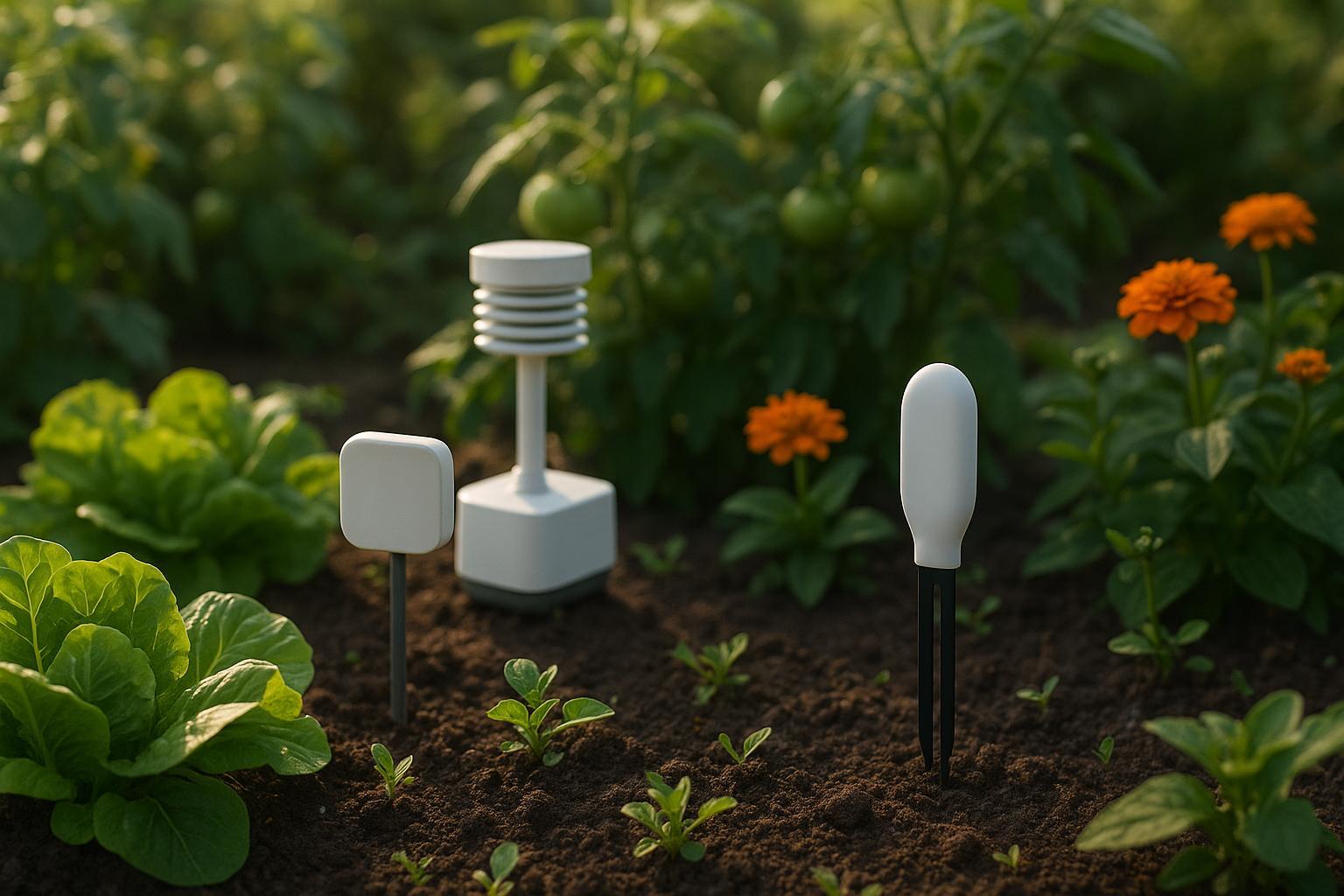
IoT Protocols for Garden Sensors: Guide
Explore how IoT protocols enhance garden sensors for real-time monitoring, optimizing plant health and resource use through AI integration.
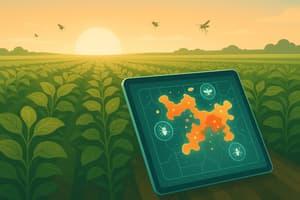
AI Models for Pest Outbreak Prediction
AI models are revolutionizing pest outbreak prediction, enabling early warnings and sustainable management for healthier crops and gardens.

AI Holiday Lighting for Landscapers
Explore how AI is revolutionizing holiday lighting for landscapers, enhancing design efficiency, customization, and client satisfaction.